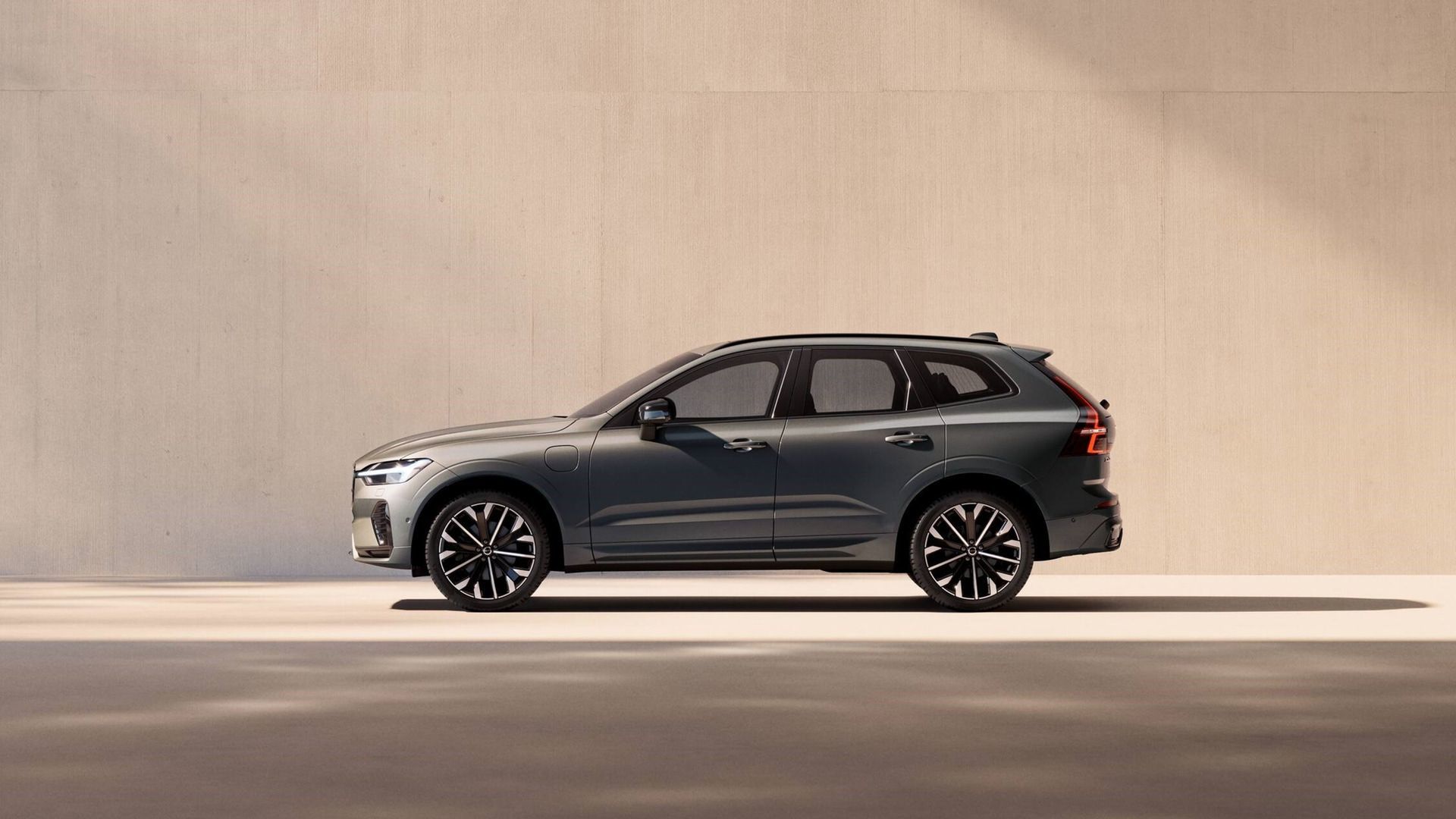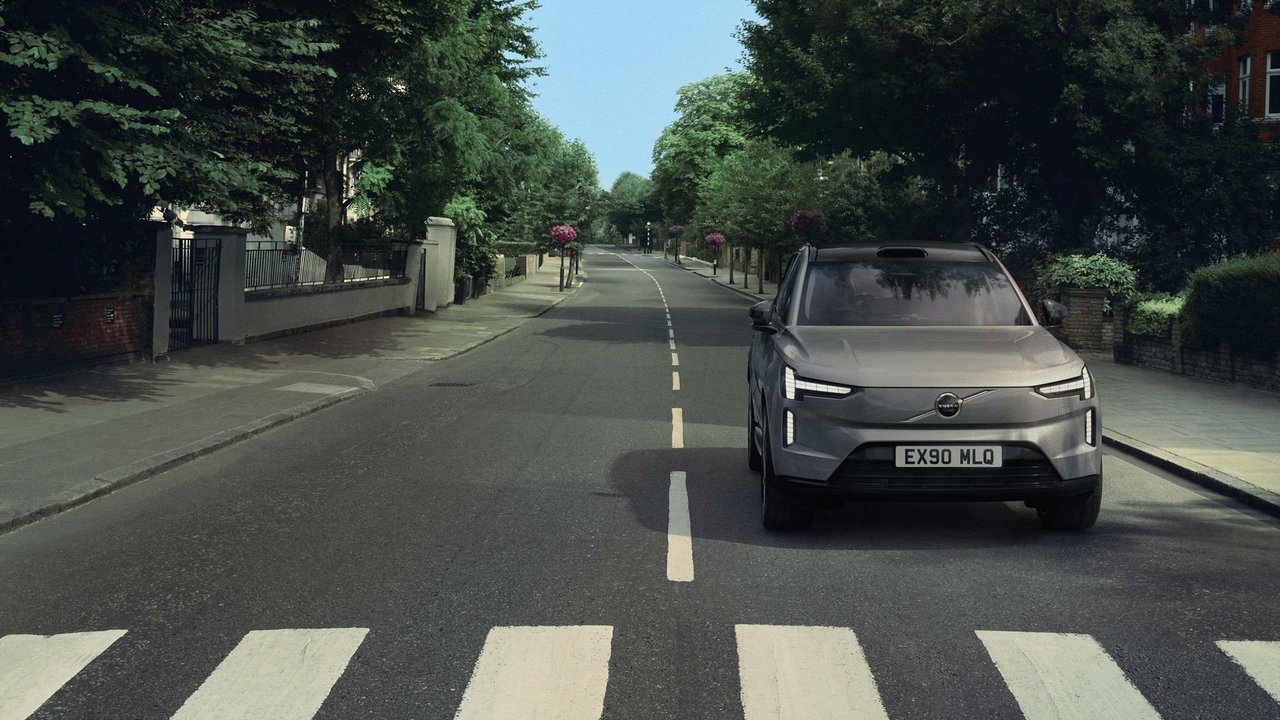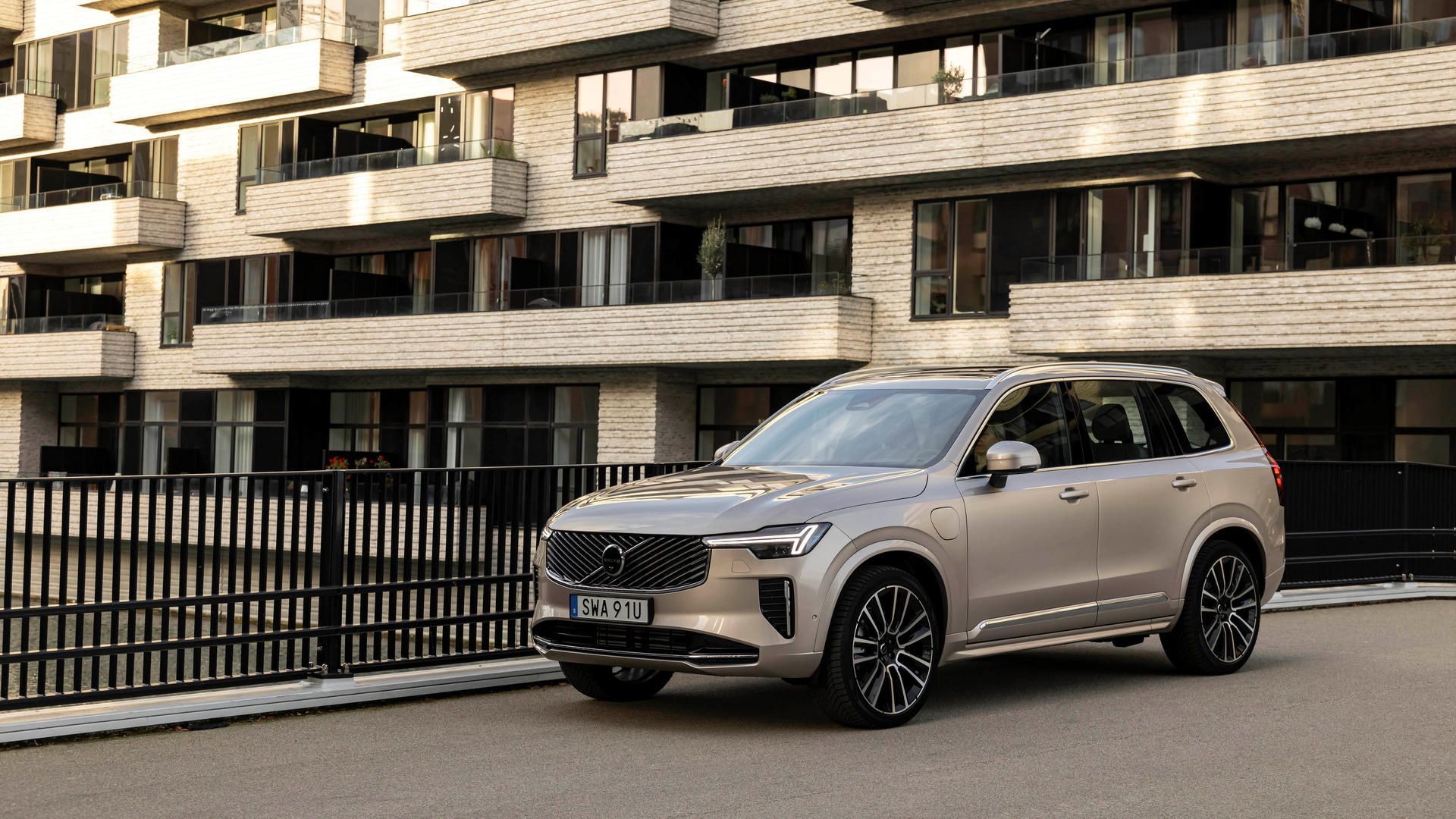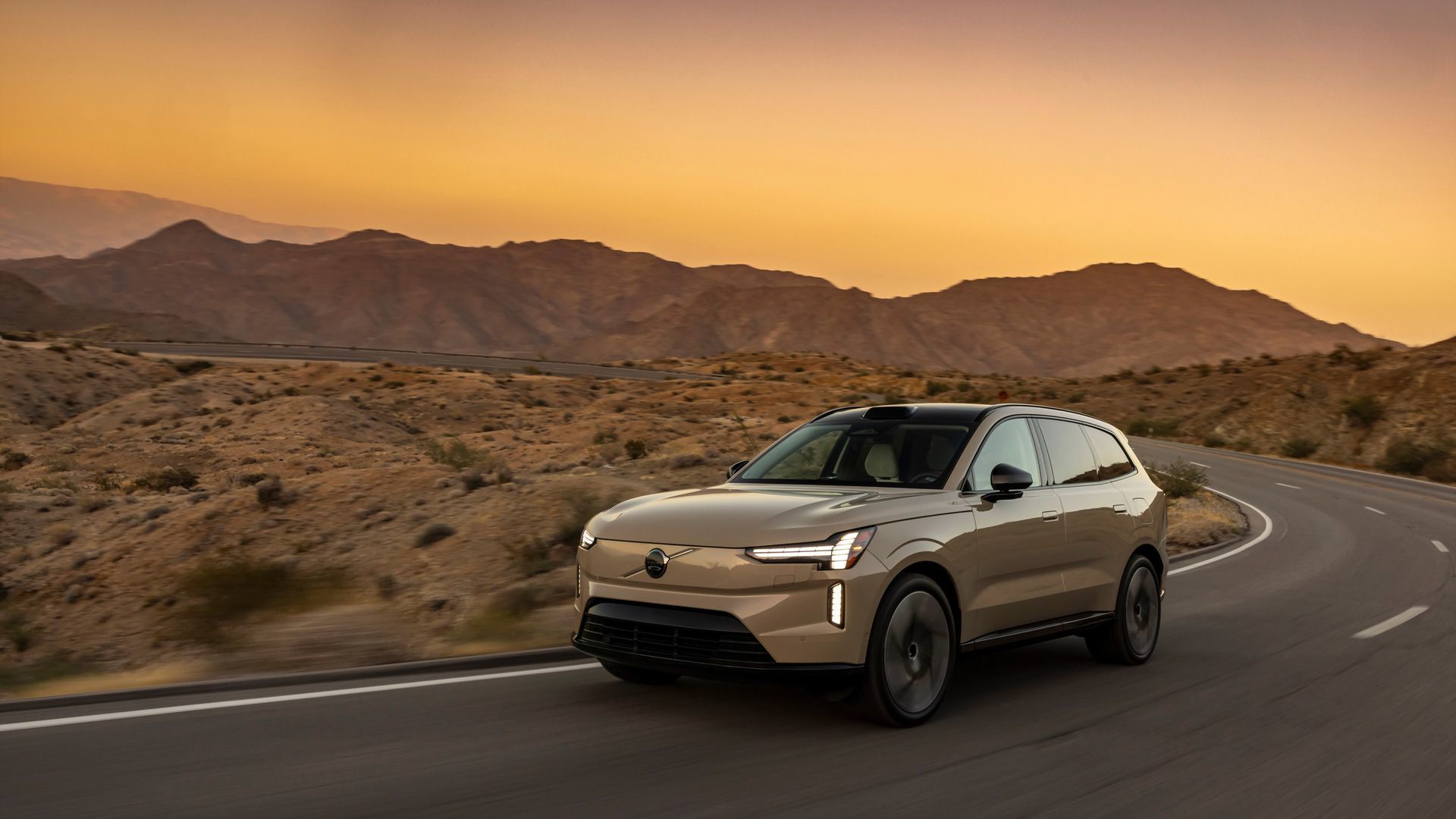
2026 Volvo XC60: Advanced Safety and Connected Technology
The 2026 Volvo XC60 continues its position as Volvo's best-selling SUV globally, combining practical mid-size dimensions with advanced safety...
Read moreVolvo Cars Hamilton

Safety technology in vehicles has evolved beyond airbags and crumple zones. Modern systems actively monitor surroundings, identify potential hazards, and intervene before collisions occur. The 2025 Volvo EX90 represents the most advanced implementation of this technology Volvo has produced, integrating multiple sensor types into a comprehensive awareness system.
For families navigating busy Ontario roads—from school drop-offs in Westdale to weekend trips along Highway 403—the EX90's sensor suite provides constant monitoring that complements driver attention. This technology doesn't replace attentive driving but adds layers of detection that human senses alone cannot match.
Understanding the EX90's Sensor Architecture
The EX90 integrates eight cameras, five radar units, sixteen ultrasonic sensors, and one lidar system. Each sensor type serves specific detection functions, and their combined data creates a 360-degree awareness field around the vehicle.
Cameras provide high-resolution visual information, identifying lane markings, traffic signals, pedestrians, and other vehicles. They excel at recognizing patterns and details but can be affected by extreme lighting conditions or obscured visibility.
Radar systems use radio waves to detect objects and measure their distance and speed. They function reliably in fog, rain, snow, and darkness—conditions that limit camera effectiveness. Radar provides accurate velocity measurements, essential for adaptive cruise control and collision warning systems.
Ultrasonic sensors operate at close range, typically within a few meters of the vehicle. They map objects during parking maneuvers and low-speed driving, detecting obstacles that might not register on longer-range systems.
Lidar represents the most significant advancement in the EX90's sensor suite. This technology uses laser pulses to create detailed three-dimensional maps of the environment, measuring distances with centimeter-level precision. The lidar unit mounted above the EX90's windshield scans the area ahead, generating point cloud data that reveals the exact position and shape of objects in the vehicle's path.
How Lidar Enhances Detection Capabilities
Lidar's precision makes it particularly effective at identifying objects that other sensors might miss or misclassify. A cardboard box in the road, a stopped vehicle partially hidden behind a curve, or a child's bicycle lying in a driveway all present distinct three-dimensional shapes that lidar can identify and measure accurately.
The system continuously scans up to 250 meters ahead, updating its environmental map multiple times per second. This extended range provides early warning of potential hazards, giving both the driver and vehicle systems more time to respond.
Lidar works independently of ambient light conditions. Whether driving through Hamilton at noon or midnight, in direct sunlight or heavy overcast, the system maintains consistent detection performance. This reliability proves especially valuable during Ontario's winter months when early darkness and reduced visibility from snow or ice on windows can limit driver awareness.
Processing Power Behind the Sensors
The EX90's sensor data flows into a central computing system built on Nvidia's automotive platforms. These processors analyze incoming information from all sensors simultaneously, cross-referencing data to build an accurate, real-time understanding of the vehicle's surroundings.
When multiple sensors detect the same object, the system compares their readings to verify accuracy. A camera might identify a pedestrian's clothing and body shape, while radar confirms their distance and movement speed, and lidar maps their exact position. This sensor fusion reduces false alerts while ensuring genuine hazards receive appropriate attention.
The computing system also powers the EX90's Google built-in infotainment, displayed on a 14.5-inch touchscreen. Navigation, entertainment, and vehicle settings operate through this interface while the safety systems run on dedicated processing resources, ensuring collision avoidance functions maintain priority regardless of other system demands.
Practical Applications in Daily Driving Scenarios
These sensors enable specific safety interventions that address common Ontario driving situations. During school zone navigation in busy areas like Westdale or near John Fraser Secondary School, the system monitors for pedestrians who might step between parked cars or cross mid-block. If collision risk is detected, the system can alert the driver or apply emergency braking.
On Highway 403 during rush hour traffic, adaptive cruise control uses radar and camera data to maintain safe following distances. When vehicles ahead slow unexpectedly, the system reduces speed automatically. If traffic stops completely, the EX90 can bring itself to a full stop and resume when traffic moves again.
Lane-keeping assistance relies on camera detection of road markings combined with the steering system. When the vehicle begins drifting out of its lane without signaling, gentle steering input guides it back toward center. This proves helpful during longer highway drives or when attention momentarily shifts to navigation or mirror checks.
Cross-traffic alert monitors for approaching vehicles when reversing out of parking spaces—particularly useful in busy lots where shopping carts, pedestrians, and vehicles moving in multiple directions create complex environments. The system can apply brakes automatically if collision risk reaches critical levels.
Oncoming Traffic Protection
One of the more sophisticated interventions addresses left-turn scenarios where drivers must judge gaps in oncoming traffic. When making a turn across opposing lanes—common at Hamilton intersections or when entering parking lots from busy roads—the system monitors approaching vehicles.
If the driver begins turning when an approaching vehicle is too close, the system can apply braking to prevent the turn from progressing into the path of oncoming traffic. This intervention specifically targets a collision type that often results in serious injuries, as side impacts from perpendicular collisions expose occupants more directly than front or rear impacts.
Detection of Vulnerable Road Users
Cyclists, pedestrians, and motorcyclists present particular challenges for detection systems due to their smaller size and different movement patterns compared to cars. The EX90's sensor combination addresses these challenges through multiple detection methods.
Lidar's precise distance mapping can identify a bicycle's frame and moving wheels, even when partially obscured by other vehicles. Cameras recognize pedestrian clothing and body shapes, while radar detects their movement speed and direction. This multi-sensor approach reduces the likelihood of overlooking vulnerable road users, especially in urban environments where they frequently share space with vehicles.
The system also includes specific programming for large animals—particularly relevant for Ontario driving where deer, moose, and other wildlife can appear suddenly on rural roads. These animals present serious collision risks due to their size and mass, and their unpredictable movement makes them difficult to avoid without advance warning.
System Limitations and Driver Responsibility
Advanced sensor technology does not eliminate the need for attentive driving. The EX90's systems function as assistance features that support driver decision-making rather than replacing it. Several limitations affect all current automotive sensor technology.
Sensors can be blocked by snow, ice, mud, or debris accumulation. Regular cleaning of camera lenses, radar units, and the lidar sensor maintains optimal function. The vehicle provides warnings when sensors are obstructed.
Extreme weather conditions can affect performance. Heavy snow or rain may reduce detection range or accuracy. System status displays keep drivers informed of current capability levels.
Construction zones, unusual road configurations, and non-standard traffic patterns can sometimes confuse sensor systems programmed to recognize typical situations. Drivers must remain ready to override automatic interventions when they prove inappropriate.
The technology enhances safety but does not prevent all collisions. Speeds above system limits, unexpected object behavior, or scenarios outside programmed responses can exceed system capabilities. The EX90's safety systems provide additional awareness and intervention options, but ultimate driving responsibility remains with the person behind the wheel.
Comparing Sensor Suites: EX90 vs. Conventional Systems
|
Feature |
Volvo EX90 |
Typical Premium SUV |
|---|---|---|
|
Lidar |
Yes - long-range forward-facing |
No |
|
Cameras |
8 units providing 360° coverage |
4-6 units (varies) |
|
Radar |
5 units (front, rear, sides) |
2-3 units |
|
Ultrasonic Sensors |
16 units for close-range detection |
8-12 units |
|
Processing Platform |
Nvidia automotive-grade dual platform |
Various processors |
|
Detection Range |
Up to 250 meters (lidar) |
150-200 meters typical |
Integration with EX90's Electric Architecture
The sensor system integrates with the EX90's electric vehicle architecture to provide functionality beyond collision avoidance. Sensor data informs the vehicle's energy management system, allowing it to anticipate upcoming terrain and optimize battery usage.
When cameras and GPS data identify a downhill section ahead, the system can adjust regenerative braking strategy to maximize energy recovery. If radar detects slow-moving traffic, the powertrain can reduce power output proactively rather than waiting for the driver to lift from the accelerator.
This integration improves efficiency while maintaining the safety focus that drives sensor development. The same sensors that prevent collisions also contribute to extending the EX90's range of up to 499 km, depending on wheel configuration.
Experience the EX90's Safety Technology at Volvo Cars Hamilton
The 2025 Volvo EX90 introduces sensor technology that expands awareness beyond human senses alone. Through lidar, radar, cameras, and ultrasonic detection, the system creates a comprehensive safety shield designed to identify and respond to potential hazards across diverse driving conditions.
Visit Volvo Cars Hamilton to learn more about how the EX90's advanced sensor suite supports family safety across Ontario's varied driving environments.

2026 Volvo XC60: Advanced Safety and Connected Technology
The 2026 Volvo XC60 continues its position as Volvo's best-selling SUV globally, combining practical mid-size dimensions with advanced safety...
Read more
2026 Volvo XC90: A Seven-Seat SUV Built for Ontario Families
The 2026 Volvo XC90 continues its role as Volvo's flagship SUV, offering families in Hamilton and across Ontario a spacious seven-seat layout...
Read more
A Look at the Specifications of the 2025 Volvo EX90
The 2025 Volvo EX90 represents Volvo's first fully electric seven-seat SUV, combining a 111 kWh battery pack with dual electric motors to deliver...
Read more